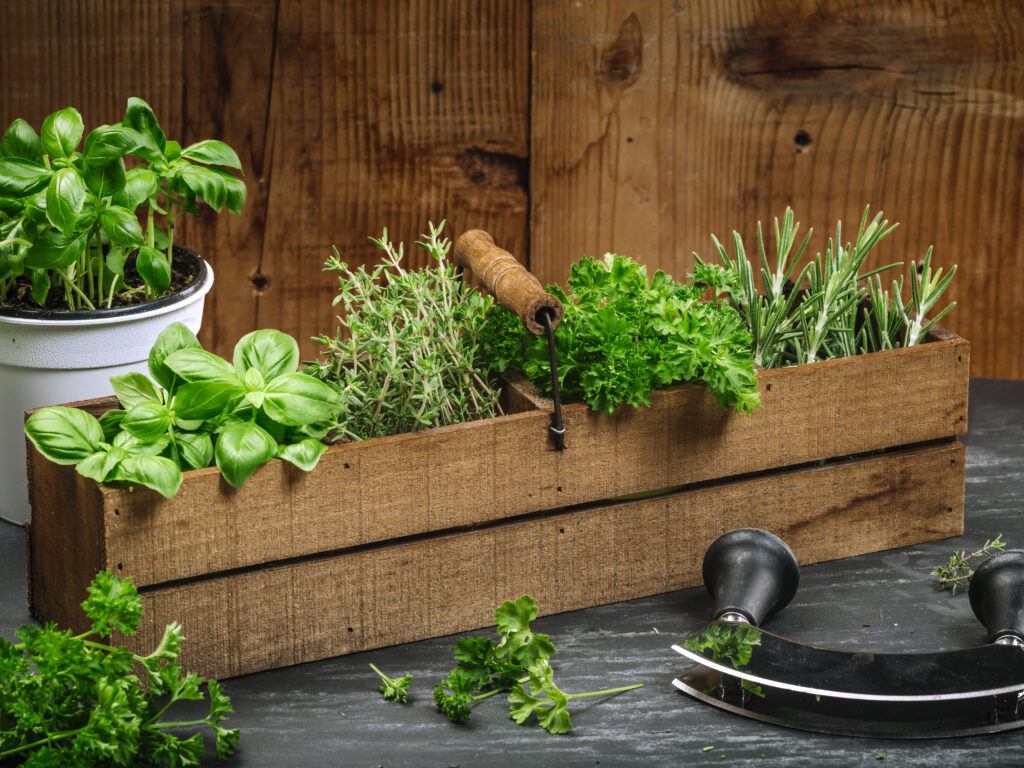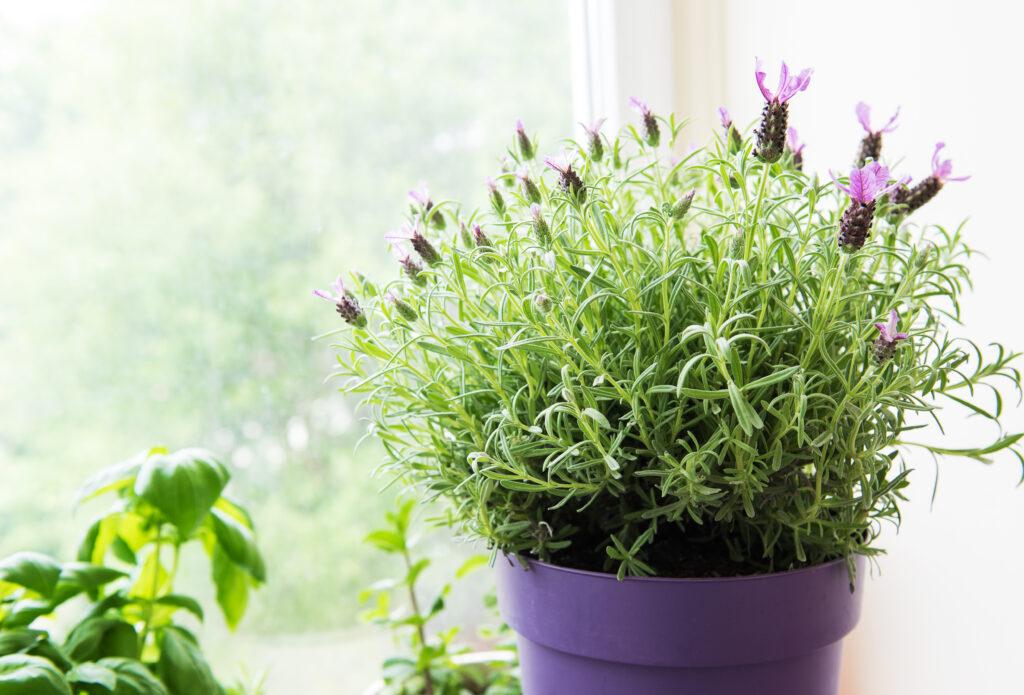
Growing fresh herbs indoors all year round is rewarding. Imagine having rosemary, basil, and oregano in your own kitchen instead of having to collect them from the store. With the right setup, you can enjoy fresh herbs even when it’s snowing outside. The key is understanding what herbs need to thrive inside and providing a supportive environment.
Indoor herb gardening has many benefits including year-round fresh herbs, cost savings, increased culinary creativity, and enhanced air quality. It also provides a sense of well-being and can be a low-maintenance way to add beauty and fragrance to your home. You get fresh herbs at your fingertips any time of the year without worrying about outdoor weather conditions. Plus, indoor gardening helps you control pests more effectively and keeps the herbs within easy reach for that last-minute recipe.
Maintaining indoor humidity and temperature around your herb’s keeps them happy and flourishing. You might be concerned about whether they will get enough light indoors or if the temperature is suitable throughout the year. Herbs need at least 6 hours of sun daily, so placing them on or near a sunny south-facing windowsill or using grow lights can do the trick. As far as temperature at night, most herbs prefer a range of 50°F to 60°F, which will make it easier to control insects on your plants. However, consider the placement of herbs in the winter, making sure the leaves are not touching or too close to the window so they don’t freeze.
The Best Herbs to Grow Inside Your Home

Indoor herb gardening opens up a world of flavors and aromas, giving you a mini garden at your fingertips. Picking the right herbs is crucial, especially when space is tight or light conditions vary. Some herbs excel indoors, thriving on your countertop or windowsill with minimal fuss.
When it comes to herbs that love indoor life, think basil, mint, or chives. These are not just kitchen staples but also among the easiest to cultivate inside. Cilantro and parsley are great for cooking and also adapt well to indoor homes. They can handle a bit of neglect and still bounce back with flavorful leaves.
If you’re looking for something aromatic or decorative, try growing rosemary or lavender. These don’t only add a touch of color but bring a soothing scent to your living space. Their hardy nature makes them perfect companions for your indoor garden journey.
For those dealing with limited space, go for herbs that grow vertically or don’t need much room. Think herbs like thyme or oregano—they don’t sprawl as much and are ideal for apartment dwellers. Their compact growth habit means even a small pot can yield ample leaves.
Ultimately, the best indoor herbs are those that suit your culinary needs and match your environmental conditions. By selecting hardy, low-maintenance herbs tailored to indoor settings, you can create a thriving herb garden no matter your square footage.
Beginners’ Guide to Growing Indoor Herbs

Starting an indoor herb garden is simpler than you might think, and it doesn’t require a big budget or expert skills. All you need is the right approach to set up a thriving green corner in your home.
Begin by choosing your containers and soil.Choose small to medium-sized pots with good drainage. Herbs dislike being waterlogged, so make sure any excess water can escape. As for soil, a light potting mix works best since it drains well but retains enough moisture for the plants’ roots.
Select herbs that you’ll use regularly or those that suit your kitchen experiments. Basil, mint, and thyme are good starters for beginners. When planting seeds or seedlings, remember to space them out to give each plant enough room to grow.
Once your herbs are potted, place them in a spot that gets plenty of sunlight. A south-facing window is ideal, but east or west-facing spots work too with enough direct light. Regular watering is crucial—essentially keeping the soil moist, but avoid any standing water.
Pay attention to the growth of your plants. Early, regular pruning encourages bushier growth and keeps herbs from getting leggy. Remove dead or yellowed leaves, and don’t hesitate to harvest. Frequent snipping is beneficial and promotes new growth, ensuring a lush indoor garden.
The Role of Grow Lights in Indoor Herb Cultivation

When natural sunlight is limited, especially during the darker months, grow lights become indispensable for indoor herb gardening. These lights mimic the sunlight, providing the necessary spectrum for photosynthesis, which is essential for plants to thrive indoors.
There are several types of grow lights to consider. LED grow lights are popular due to their energy efficiency and long lifespan. They also emit less heat, reducing the risk of burning the plants. Fluorescent lights, like T5s, are also a good choice, especially for seedlings and young herbs.
Setting up these lights is straightforward. Position them close to your herbs, usually around 6 to 12 inches away, depending on the light’s intensity and the plant’s need. Ensure your lights run for about 12 to 16 hours a day, mimicking a full day’s sun. Timers can be handy for maintaining consistent light exposure.
If grow lights aren’t an option, maximize the available natural light. Rotate pots regularly to ensure equal light distribution, or consider reflectors to bounce light onto your plants. Remember, keeping your herbs in optimal lighting conditions is key to a thriving indoor garden.
